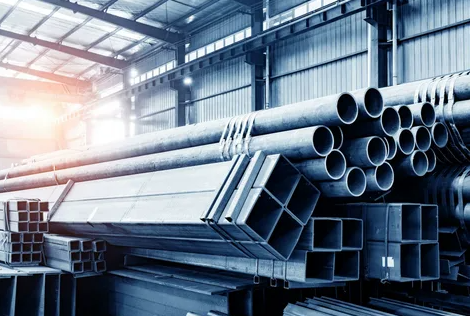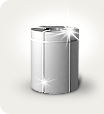Global lead and zinc production will exceed demand in 2025 and 2026, predicts the International Lead and Zinc Research Group (ILZSG).
The output of refined lead is expected to increase by 2% this year to 13.34 million tons. This will mainly be driven by increased production in Canada, Germany, India, Mexico, Sweden, and Brazil, while emissions are expected to decrease in Kazakhstan, the United Kingdom, and the United States.
In 2026, global production will increase by 1% and reach 13.47 million tons. At the same time, in China and the UK, experts
Global lead consumption may increase by 1.8% this year to 13.25 million tons, in particular in Europe - by 1.8%, in the USA - by 6.6%, in China - by 0.9%. Next year, global demand for the metal is expected to increase by 0.9% to 13.37 million tons, while China will see a decrease of 1.7%. Groups.
The production of refined zinc in the world this year is expected to increase by 2.7% to 13.8 million tons
In particular, production in China will increase by 6.2%. It is also expected to grow in Norway, where Boliden completed the expansion of the ODDA plant by 150,000 tons per year in March. Meanwhile, zinc output in Italy and Japan is forecast due to the closure of Glencore and Toho Zinc in these countries, as well as in Brazil, Canada, Mexico and South Korea. Growth in Brazil, Canada, Norway and China.
Metal consumption this year may increase by 1.1% to 13.71 million tons. In particular, China is expected to grow by 1.3%, and Europe by 0.7%. Experts also suggest the possibility of increased demand in India, Japan, Saudi Arabia, Thailand and Vietnam, as well as a decrease in Brazil and South Korea.
In 2026, the global demand for zinc will increase by 1% and amount to 13.86 million tons. In particular, it will rise by 0.1% in China, and growth is also forecast in Europe, Brazil, India and the United States.
The global zinc surplus in 2025 is expected to reach 85 thousand tons, next year - 271 thousand tons
ILZSG, UNC, UNSC, UNSC. The situation on the world markets of these metals. The members of the group are Australia, Belgium, Brazil, Bulgaria, China, Finland, France, Germany, India, Ireland, Italy, Japan, South Korea, Mexico, Morocco, Namibia, Norway, Peru, Poland, Portugal, Russia, Serbia, Sweden, Turkey. These countries account for more than 85% of the world's lead and zinc consumption.






